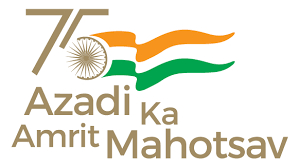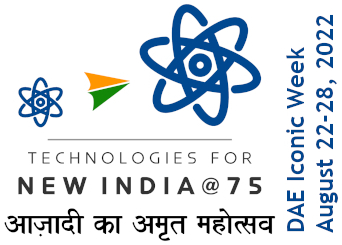Past Colloquia
| Title : |
NEUTRINOS – A NEW WINDOW TO THE UNIVERSE |
|
| Speaker | : | Naba K Mondal, Department of High Energy Physics, TIFR, Mumbai |
| Date | : | April 02, 2014 |
| Time | : | 1:00 AM |
| Venue | : | Meghnad Saha Auditorium (Lecture Hall 1) |
| Abstract | : |
Neutrinos, “the most tiny quantity of reality ever imagined by a human being”, as quoted by its co-discoverer Frederick Reines, never ceased to puzzle physicists. Wolfgang Pauli introduced neutrino in 1930 as a desperate remedy to save the “law of conservation of Energy”. It then took twenty seven long years to find the first experimental evidence for its existence. The reason for this long wait is its extreme reluctance to interact with matter. Neutrino can pass through the earth, the sun or other astrophysical objects without much interaction. They interact at the best only one time over one billion in the huge apparatus built to detect them. This particular property of neutrino however turns out to be a blessing in disguise as it opens up a new window to look at the interior of sun and other astrophysical objects. Over the last several decades, dedicated neutrino experiments around the globe have looked for neutrinos from the sun, from outer space, from interior of the earth and from man made activities. These experiments have answered many of the questions related to particle physics, astrophysics and even geophysics. India has a long tradition in neutrino physics. In fact, the first ever cosmic ray produced neutrino was detected in an experiment in the deep mines of Kolar Gold Fields in 1965. India is again planning to setup an experiment called India-based Neutrino Observatory (INO) to study some of the properties of neutrinos. In this talk I will describe few of these experiments and their findings. I will also discuss the INO experiment and its physics potential. |




